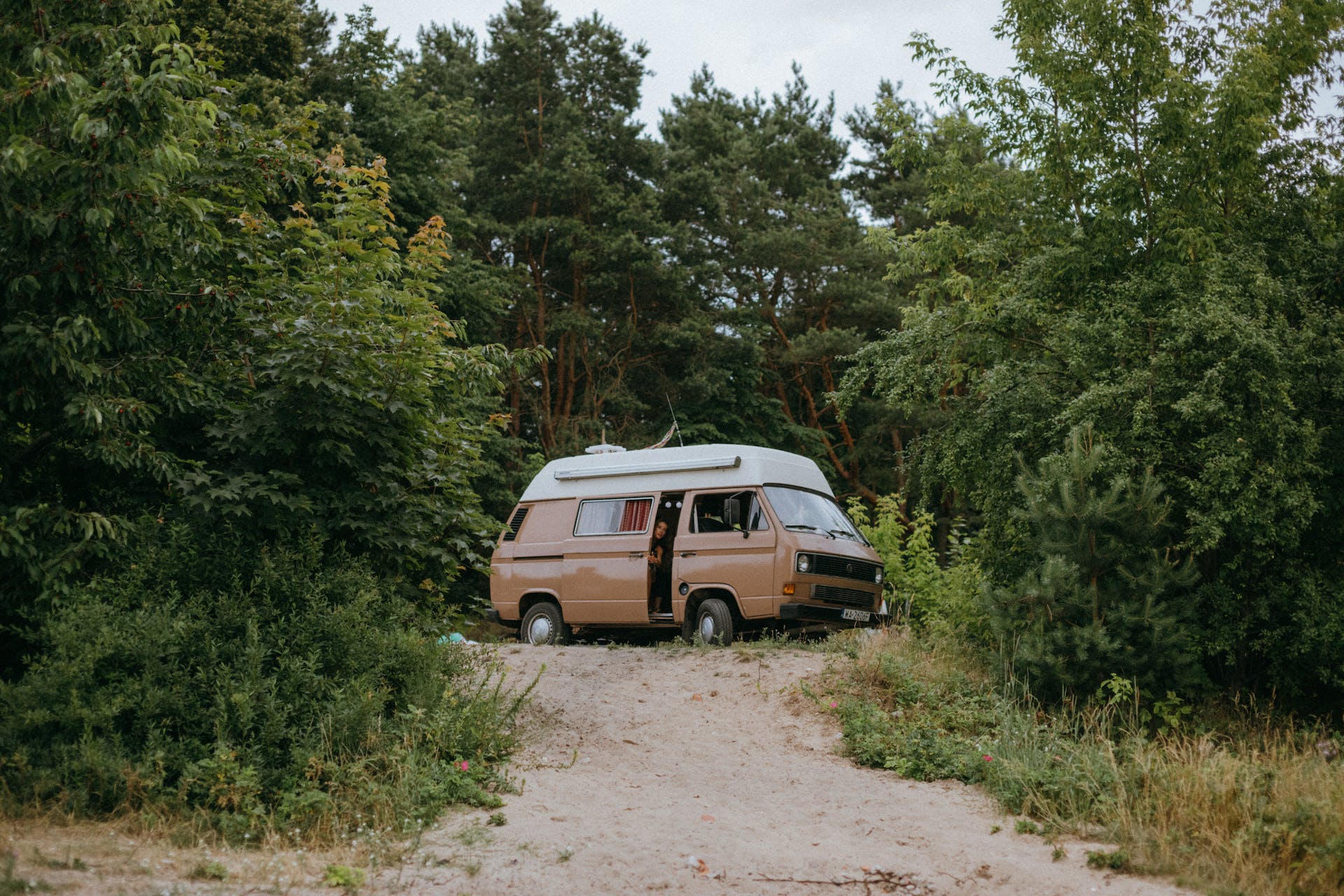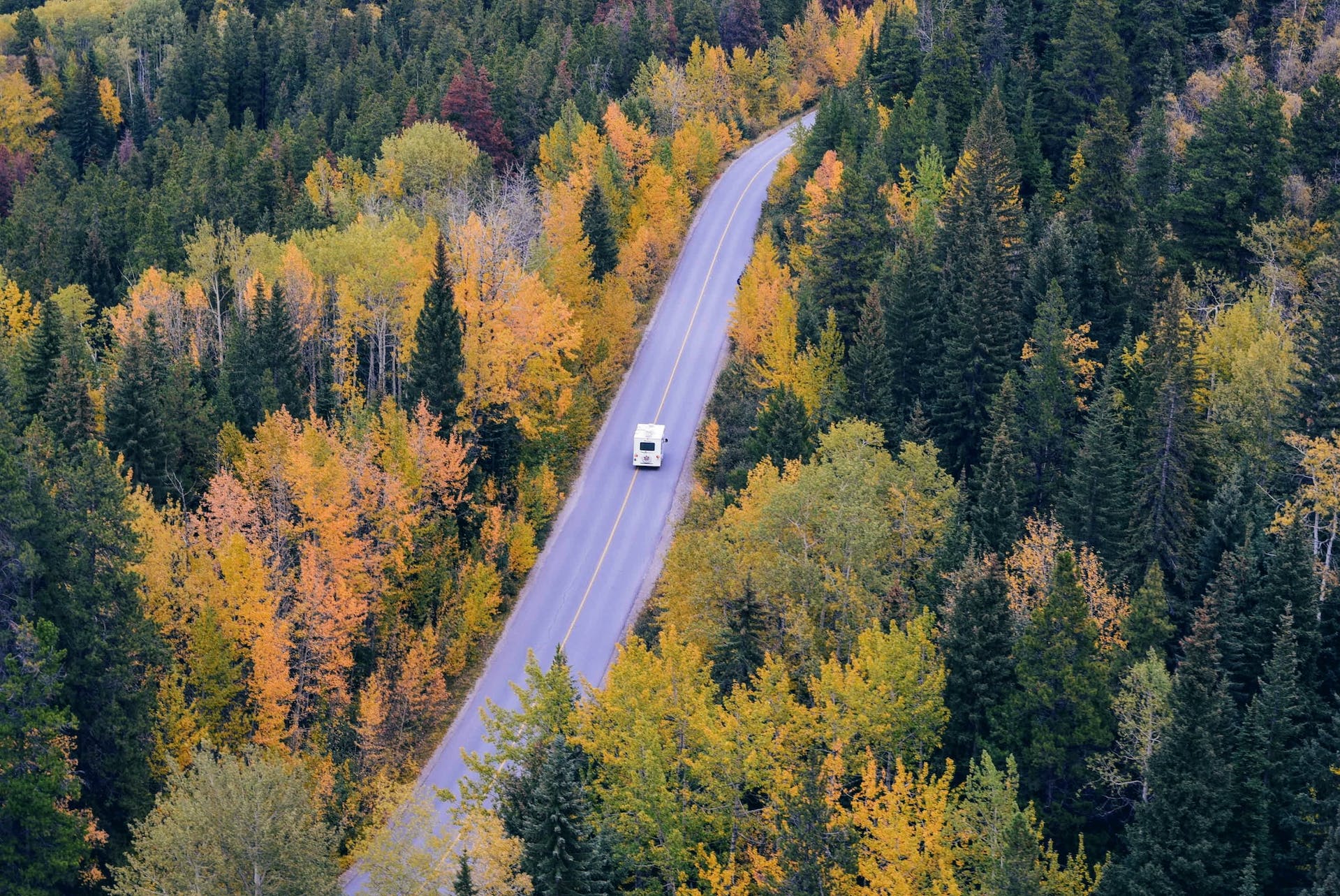6 consigli essenziali per un'avventura in camper in Nuova Zelanda
Esplora la Nuova Zelanda in camper
Riepilogo
La Nuova Zelanda, con i suoi paesaggi mozzafiato, le spiagge incontaminate e le città affascinanti, è un paradiso per gli amanti della natura e gli amanti dell'avventura. Uno dei modi migliori per esplorare questo paese mozzafiato è imbarcarsi in una vacanza in camper. Combinando la libertà della strada aperta con i comfort di casa, il viaggio in camper in Nuova Zelanda offre un'esperienza unica e coinvolgente.
Ecco alcuni consigli per la tua prossima avventura in camper in Nuova Zelanda!

1. Prenota in anticipo il tuo camper
Una volta deciso che vuoi fare un viaggio in camper, una delle prime cose che devi fare è - beh - prenotare un camper. Ci sono molte compagnie di noleggio camper, ma è consigliabile prenotare il veicolo in anticipo per assicurarti di ottenere quello che desideri. Questo è particolarmente vero se visiterai la Nuova Zelanda durante l'alta stagione dei viaggi tra dicembre e febbraio.
Quando scegli il tuo camper a noleggio, ecco alcune cose a cui dovresti fare attenzione:
- La società di noleggio camper ha depositi all'aeroporto in cui atterrerai e da cui partirai? Questo è importante per assicurarti di poter ritirare e riconsegnare il tuo camper.
- Cosa è incluso nel camper? Ha le necessità di cui hai bisogno e gli accessori aggiuntivi che vorresti avere?
- Quanto è il tuo budget e qual è il livello di comfort che ti aspetti? Ricordati di abbinare le tue aspettative al tuo budget!
- Che dimensioni di veicolo ti senti a tuo agio a guidare? Questo è un punto importante che la maggior parte delle persone tende a trascurare. Potresti pensare, più grande è, meglio è, perché è più comodo, giusto? No! Non tutti si sentiranno a loro agio a guidare veicoli troppo grandi e, poiché sarai tu a guidare per la maggior parte del tempo durante il tuo viaggio, devi assicurarti di sentirti a tuo agio a guidare il veicolo.
2. Pianifica il tuo percorso e trova i campeggi
Una vacanza in camper richiede un certo grado di pianificazione. Dovrai conoscere il percorso che farai e dove si trovano i campeggi lungo il percorso. Alcuni di questi campeggi richiedono la prenotazione in anticipo, mentre altri sono gratuiti.
Esistono alcune app che puoi utilizzare per aiutarti a trovare un campeggio, le app più popolari sonoClassificatori E CamperMate. Potrai trovare diversi campeggi su queste app: dai campeggi gratuiti ai campeggi privati e ai parchi vacanze, c'è molto tra cui scegliere!
Ricordatevi di controllare i dettagli del campeggio per confermare quali servizi (se presenti) sono presenti nel campeggio. Una delle cose più importanti a cui vorrete prestare attenzione è la presenza di bagni e docce!
Infine, ricordatevi di effettuare anche le prenotazioni necessarie in anticipo!

3. Scarica le tue mappe
Dopo aver tracciato il percorso e individuato le aree di campeggio, ti consigliamo vivamente di scaricare le mappe e di conservarne una copia offline sul tuo dispositivo.
La Nuova Zelanda ha molti blackspot in cui la copertura cellulare e la connettività Internet sono limitate. Nel caso in cui la tua connessione Internet diventi instabile, vorrai almeno essere in grado di navigare offline mentre sei in viaggio.
4. Ottieni una eSIM da viaggio con hotspot per la connettività
Non contare di trovare la connessione WiFi gratuita durante la tua avventura in camper: probabilmente non ci riuscirai, soprattutto quando sei in viaggio!
Uno dei modi migliori per restare connessi è procurarsi una eSIM da viaggio per la Nuova Zelanda. È meglio trovare una eSIM da viaggio che ti consenta di effettuare il tethering e condividere dati, così puoi trasformare il tuo dispositivo in un hotspot wireless, così altri dispositivi possono connettersi ad esso e accedere a Internet allo stesso tempo.
Ottieni unNomad eSIM per la Nuova Zelandaper aiutarti a rimanere connesso durante la tua avventura in camper. Nomad ha una varietà di piani tra cui puoi scegliere, a costi molto convenienti a partire da soli 1,67 USD/GB. E nel caso in cui avessi bisogno di più dati lungo il percorso, acquista semplicemente un componente aggiuntivo e potrai continuare a rimanere connesso utilizzando la stessa eSIM.
Tuttavia, tieni presente che in genere in Nuova Zelanda ci sono molti punti neri in cui la copertura cellulare è semplicemente limitata. (Quindi, fai riferimento al punto 3: scarica una copia delle tue mappe e conservale offline!)

5. Viaggia leggero
È facile portare troppi bagagli durante i viaggi e, dato che si viaggia in camper e i servizi non sono necessariamente immediatamente disponibili, la tendenza a farlo potrebbe essere ancora maggiore.
Tuttavia, tieni presente che lo spazio nel camper è limitato e non vorresti ingombrarlo con i tuoi bagagli e i tuoi effetti personali. Ecco alcuni consigli essenziali per l'imballaggio:
- Porta con te vestiti comodi e facili da asciugare, che potrai lavare, asciugare e riutilizzare con facilità.
- Utilizza i cubi da imballaggio. Ti aiuteranno a organizzare meglio i tuoi vestiti e i tuoi articoli da toeletta.
- Porta con te una giacca a vento e una giacca da usare quando fa freddo.
- Porta con te fazzoletti umidi, salviette umidificate e shampoo secco. Ti saranno utili se non riesci a trovare un bagno o una doccia lungo il cammino.
6. Prendi nota delle regole di guida
Assicurati di familiarizzare con le regole e le leggi delle strade in Nuova Zelanda prima del tuo viaggio! Le regole stradali e l'etichetta in Nuova Zelanda potrebbero essere piuttosto diverse da quelle a cui sei abituato a casa.
Ecco alcuni aspetti importanti da tenere a mente:
- In Nuova Zelanda i veicoli hanno la guida a destra (il volante è sul lato destro del veicolo) e si guida sul lato sinistro della strada.
- Limiti di velocità: i limiti di velocità sono chiaramente segnalati in Nuova Zelanda. Fai attenzione a questi limiti di velocità e ricordati di rispettarli.
- Ponti e carreggiate a una corsia: è probabile che durante il tuo viaggio incontrerai ponti e carreggiate a una corsia. Prendi nota dei segnali per capire chi dovrebbe andare per primo: un cerchio rosso significa che dovresti dare la precedenza, e un rettangolo blu è un segnale che puoi andare avanti (e l'altro veicolo dovrebbe dare la precedenza). In entrambi i casi, ricordati di controllare i veicoli sul ponte prima di procedere.